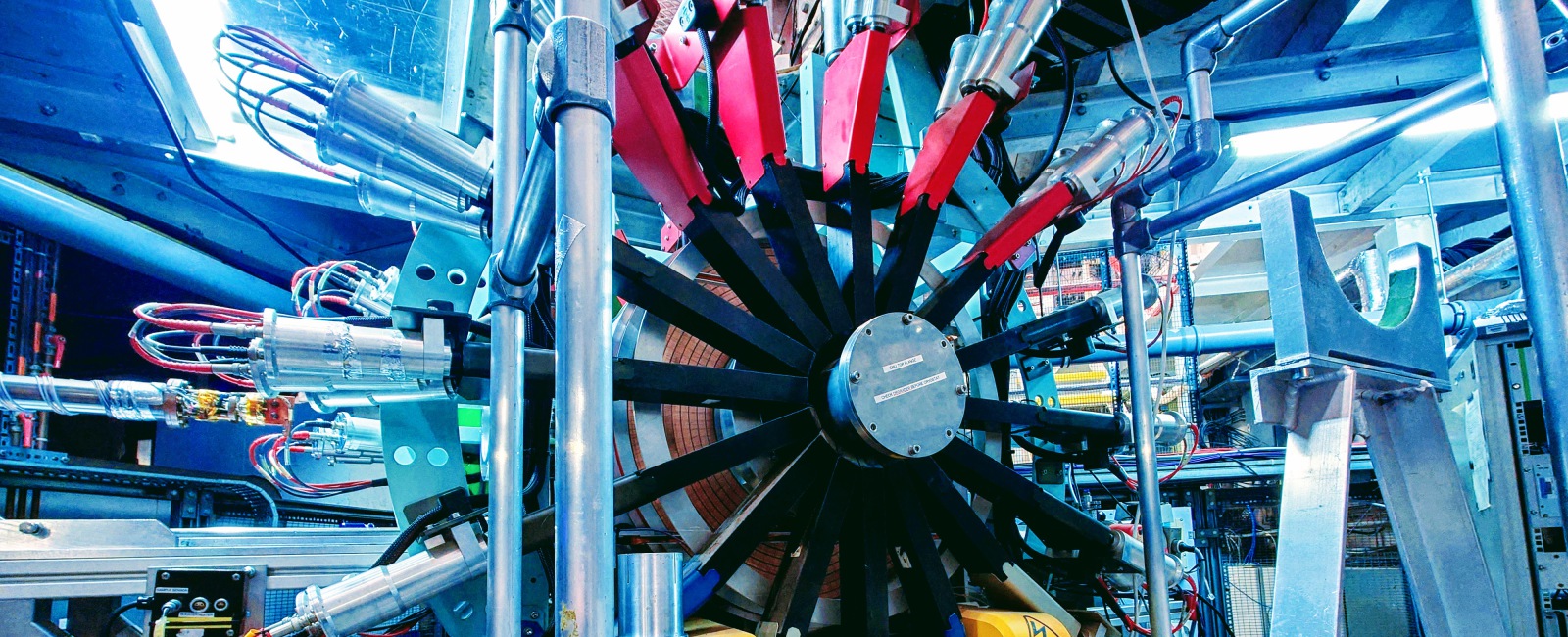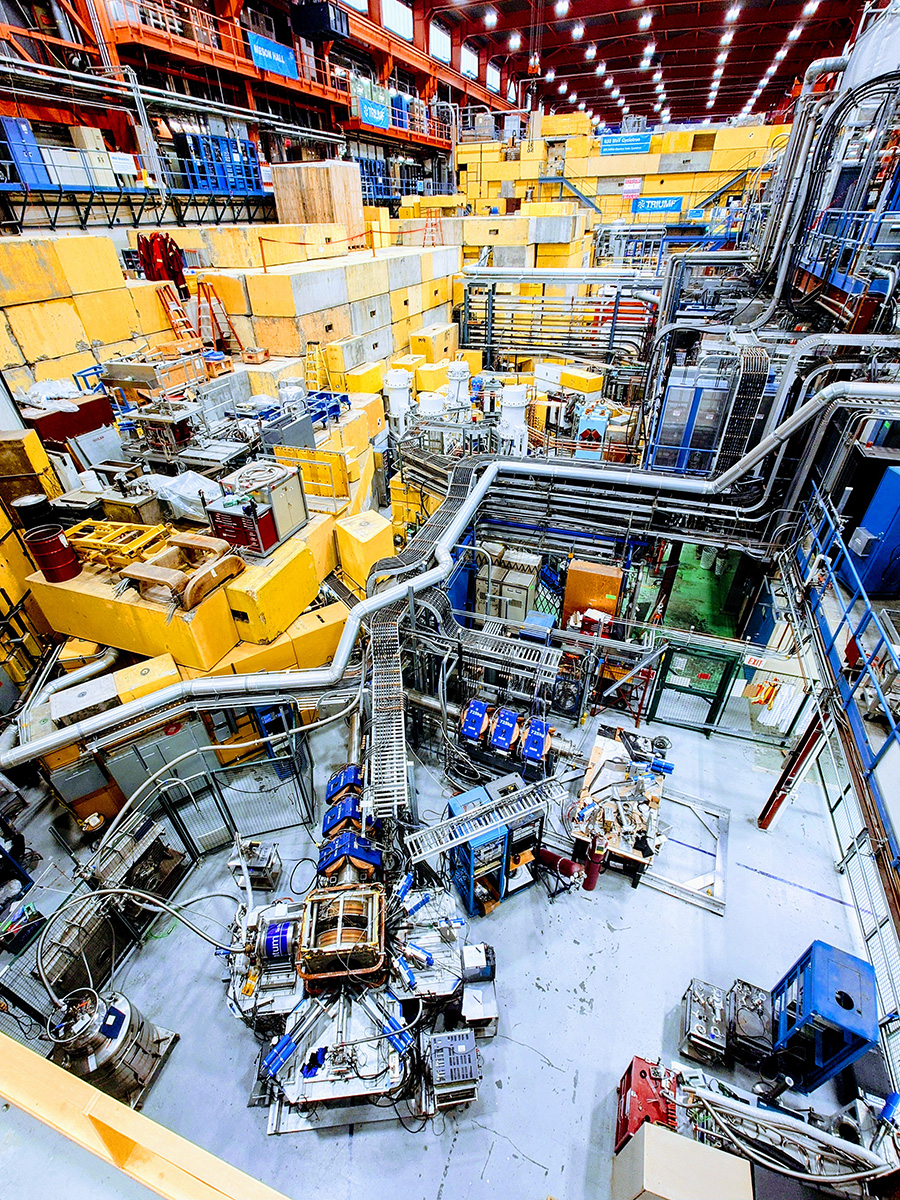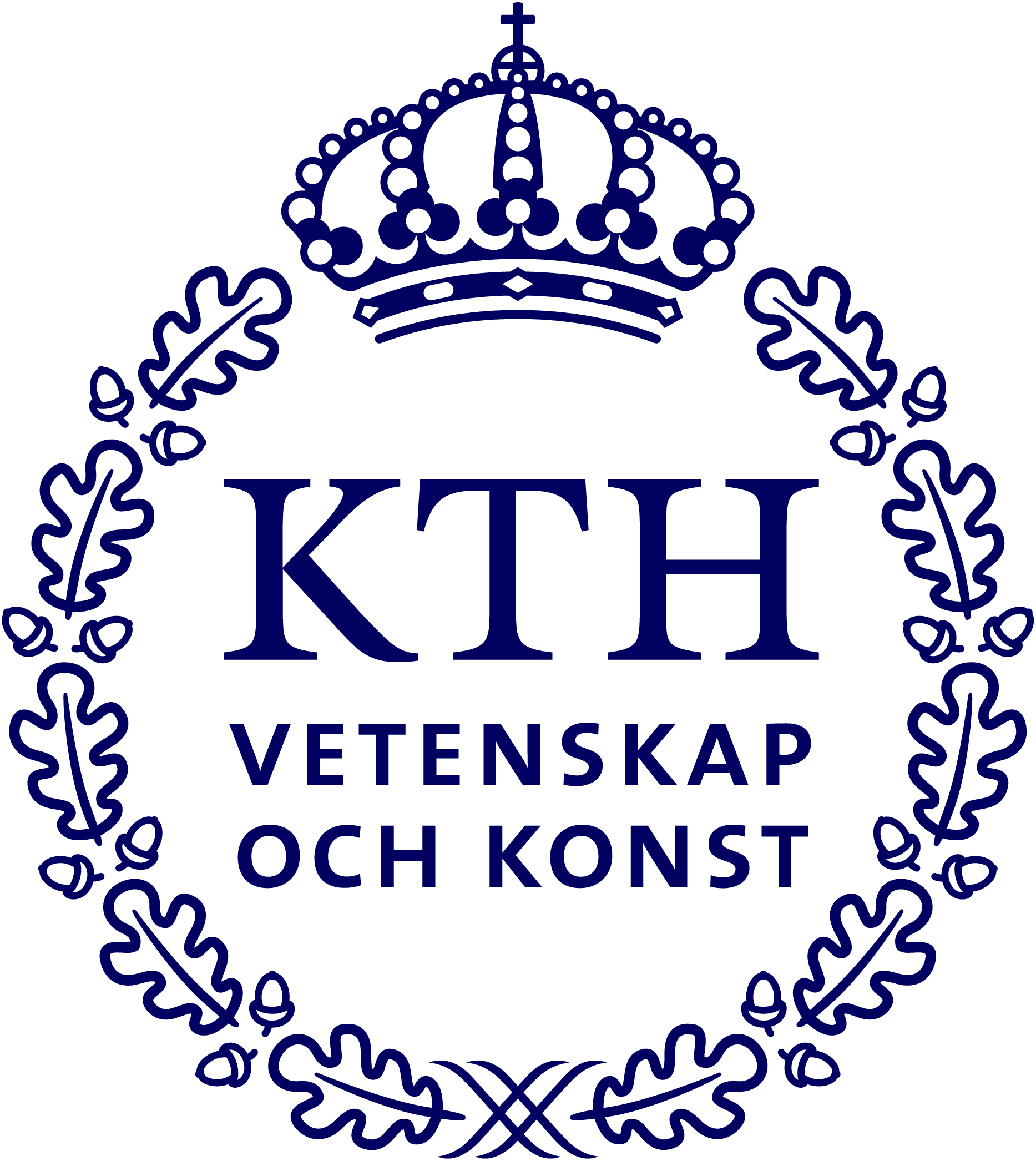Muon Spin Rotation/Relaxation (µSR)

Muon spin rotation (µSR) sources use polarized muons as local magnetic probes to investigate the magnetic and electronic environments within materials. By tracking the evolution of muon spin polarization over time, researchers gain insight into weak or fluctuating magnetic fields, superconductivity, spin dynamics, and diffusion processes. µSR is especially powerful for studying quantum materials and magnetic phenomena at the microscopic level.

A muon is an elementary particle similar to the electron, but about 200 times heavier. It carries a negative or positive electric charge and has an intrinsic spin, making it behave like a tiny magnetic probe. Muons are unstable and decay with a mean lifetime of about 2.2 microseconds. Despite their short life, their sensitivity to local magnetic environments makes them valuable in materials research. The muon spin rotation/relaxation (µSR) technique involves implanting spin-polarized muons into a sample. As the muons interact with internal magnetic fields in the material, their spins precess (rotate) or relax (lose coherence) depending on the magnetic landscape. When muons decay, they emit positrons preferentially along the direction of their spin, allowing researchers to track the time evolution of the spin polarization. This gives detailed insight into the local magnetic and electronic environment of the sample at the atomic scale.
What makes µSR unique is its exceptional sensitivity to extremely small magnetic fields (down to microtesla), its ability to probe dynamic and static magnetic properties, and its access to buried or bulk environments without the need for crystalline samples. Unlike techniques such as neutron scattering or X-ray diffraction, µSR provides local, time-resolved information even in disordered, dilute, or amorphous materials.
Areas of use
µSR is particularly important in condensed matter physics, especially for studying magnetism, superconductivity, spin dynamics, quantum materials, and ionic diffusion in energy storage materials. It also finds applications in chemistry and muon catalysis research. As a highly complementary tool, µSR provides critical insights where other techniques may be blind to subtle or dynamic magnetic phenomena.
Facilities around the world
The leading muon spin rotation (µSR) facilities in the world are primarily located at major research centers that operate high-intensity proton accelerators. The Paul Scherrer Institute (PSI) in Switzerland hosts the most comprehensive µSR program, offering both surface and low-energy muon beams for a wide range of applications. In the UK, the ISIS Neutron and Muon Source provides extensive µSR capabilities alongside its neutron scattering instruments. Japan’s J-PARC (Japan Proton Accelerator Research Complex) is home to the MUSE facility, which supports advanced µSR studies with pulsed muon beams. Canada’s TRIUMF laboratory also offers a well-established µSR program, particularly known for research in superconductivity and magnetism. These facilities serve international user communities and play a crucial role in advancing research in quantum materials, magnetism, and energy technologies through unique insights offered by muon spin techniques.
For a list of sources with approximate proposal deadlines and links to external sites, please go to: neutrons.se/RELAX/
Introduction to Muon Spin Rotation/Relaxation (µSR)
Lecture by Assoc. Prof. Martin Månsson

